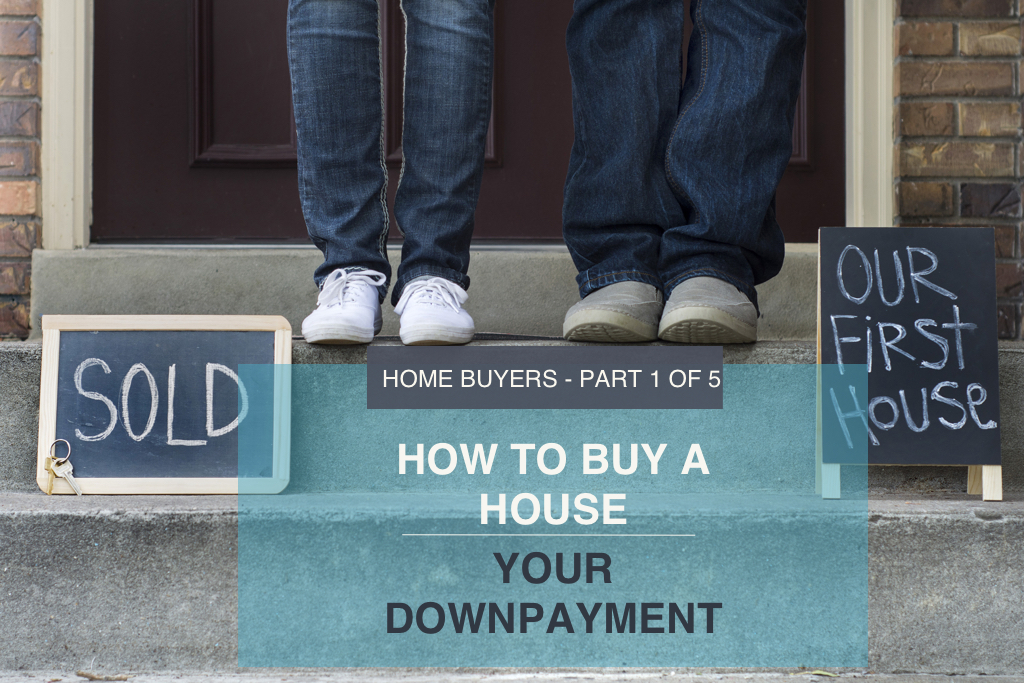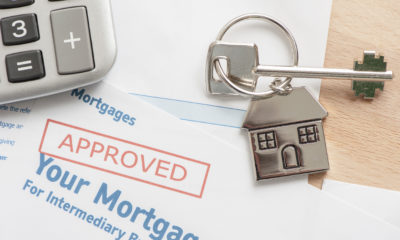Buying a Home
How To Buy A House (2/5) – The Downpayment

Understanding Mortgage Down Payment Requirements.
The next part of buying a house, after you’ve been approved, is gathering the downpayment and proving it to the bank. The minimum downpayment can be anywhere between 5%-20% of the total price of the house. Basic guidelines for proving your downpayment:
- It must be proven by 3-6 months of bank statements which show proof of ownership (your name and the account number must be shown on the statement)
- The down payment cannot come from borrowed sources such as a line of credit
- You will need to prove you have the money for closing costs, which are normally 1.5% of purchase price, on top of the downpayment.
There’s a few ways to prove the downpayment:
Cash
“Cash under the mattress” aka cash you don’t have in a bank account yet, must be deposited immediately. Large deposits or transfers (over $1,000) need to be explained to the bank.
Gift
The rules of a gift are as follows:
The money is given without having to be repaid;
- The donor of the gift has to be an immediate relative and no part of the gift is being provided by a third party having any interest (direct or indirect) in the sale of the property;
- Most banks require confirmation the gift is in the borrower’s possession at least 15 days before the closing date. Verification must be made in the form of a bank account history confirming deposit of the gift funds to the borrower’s bank account.
Equity
The downpayment can come from the house you currently live in, if there is value left in your house after your current mortgage.
Example:
Your house is worth $100,000. You’ve paid down your mortgage to the point where $50,000 owed, and $50,000 is left as equity in the house. You have two options:
If you are looking to sell your current house, you can count the $50,000 of the proceeds from the sale while looking for a new home, even though you haven’t sold the house yet;If you would like to keep your current house, it is possible to refinance with an 80% loan to value. This would pull out $30,000 from your house, which you can then use as a downpayment for a second house.
Closing Costs
When you buy a house, there are added costs you might not have budgeted for. Land transfer tax, attorney fees, pre-paid interest, an appraisal (if required), etc… closing costs might be different depending on the specifics of the sale. Most lenders estimate that closing costs will be 1.5% of the total purchase price. Therefore, if the house you are buying is $250,000; you will need $3,750 put aside for closing costs. This is completely separate from the downpayment, which, based on 20% down would be $50,000. In this case, the bank would need to see $53,750 readily available in a bank account you own.
-

 Buying a Home5 years ago
Buying a Home5 years ago3 Simple Rules to follow to ensure credit doesn’t stop you from buying a home!
-

 Credit6 years ago
Credit6 years agoWhat Happens to My HELOC When I Sell My Home?
-

 5 Mortgage Secrets6 years ago
5 Mortgage Secrets6 years ago5 SECRETS THE BANK DOESN’T WANT YOU TO KNOW ABOUT YOUR MORTGAGE
-

 Business4 years ago
Business4 years agoToronto, Ontario and Vancouver real estate boards urge suspension of open houses
-

 Buying a Home6 years ago
Buying a Home6 years ago6 Reasons to get Pre-Approved for a Mortgage Early
-

 5 Mortgage Secrets6 years ago
5 Mortgage Secrets6 years agoTHE PENALTY COVER UP Mortgage Secret 3 of 5
-

 Business4 years ago
Business4 years agoBuffett says economy is slowing amid virus fears
-

 Buying a Home6 years ago
Buying a Home6 years ago5 Steps to a Guaranteed Mortgage Approval






